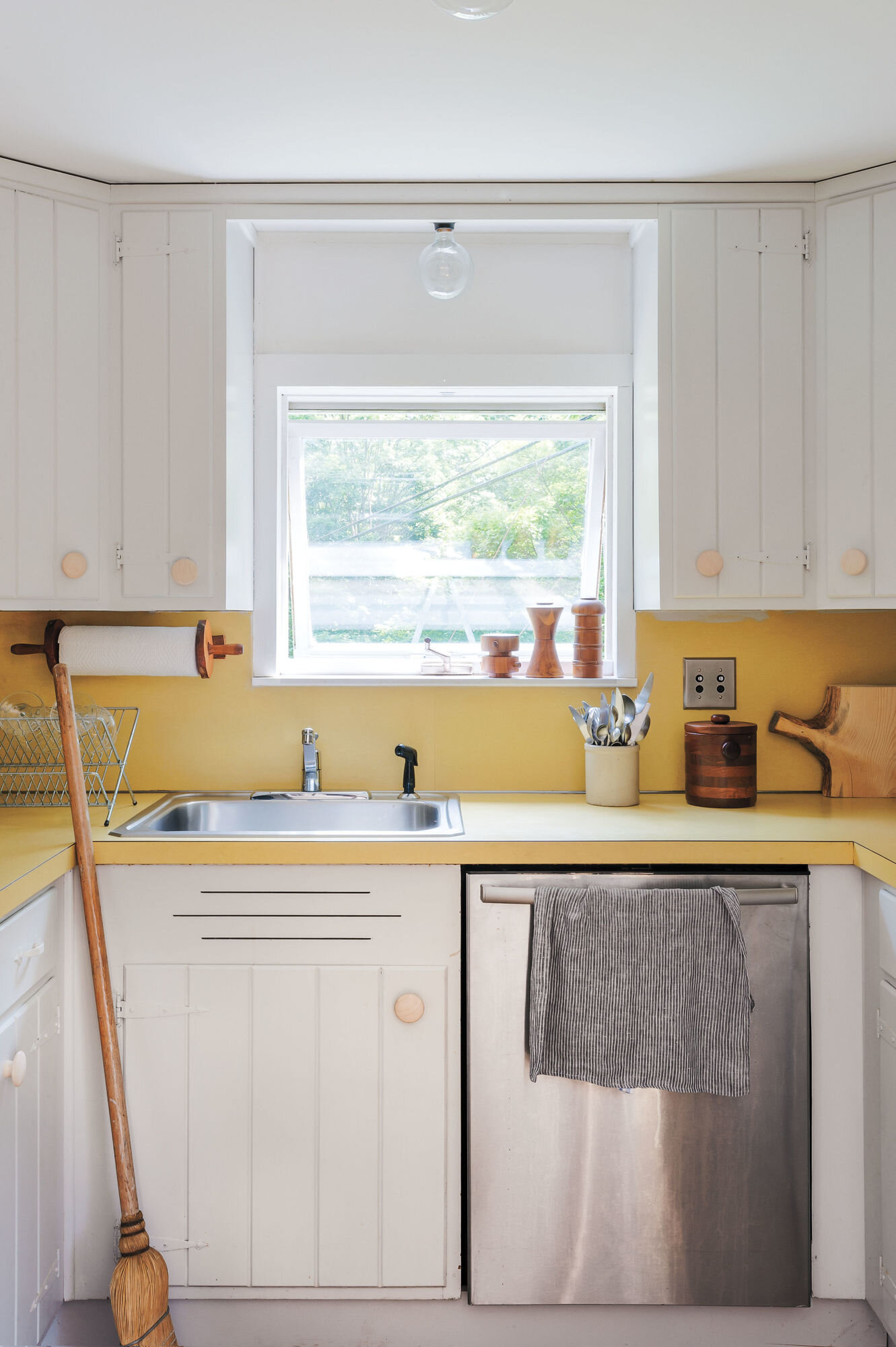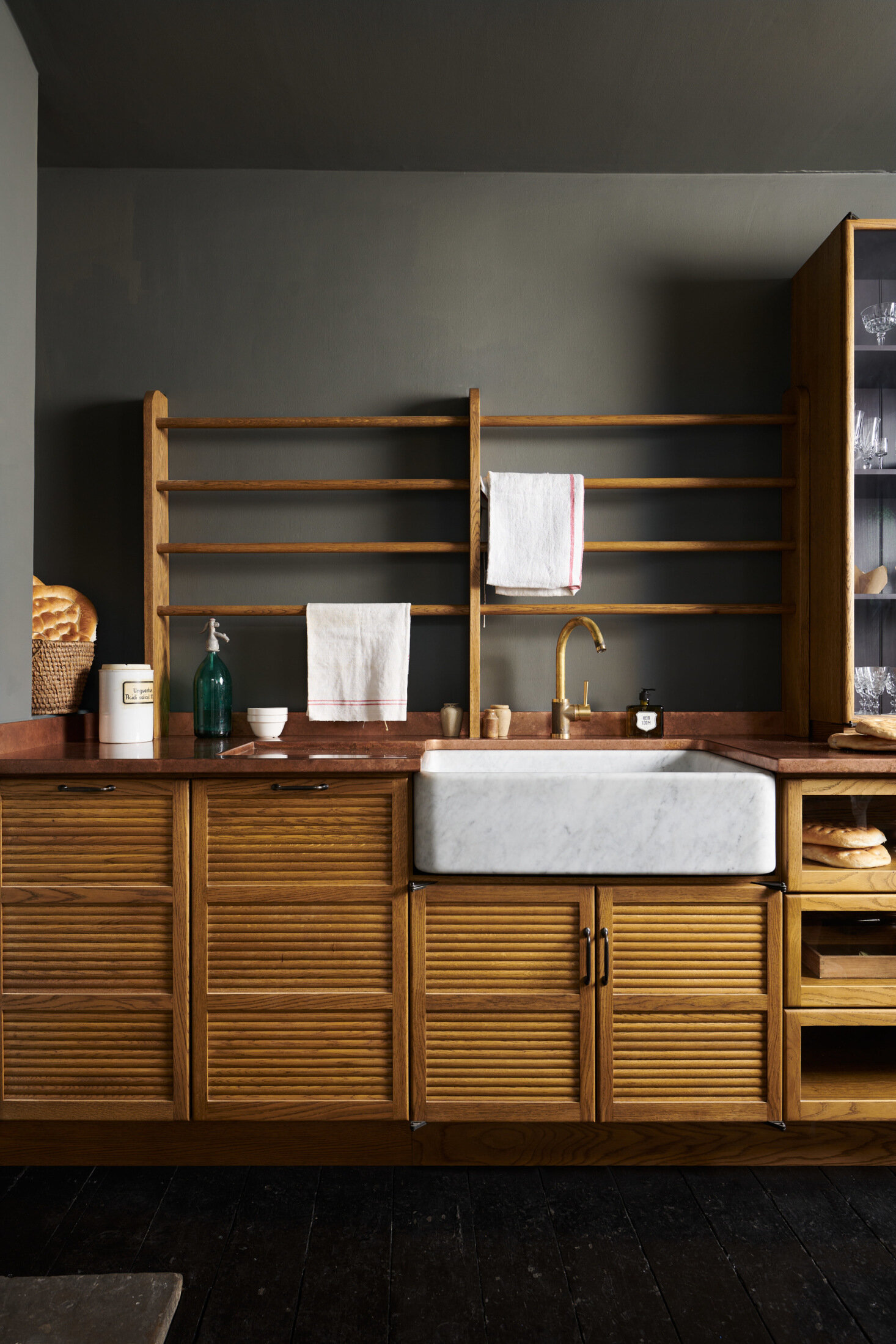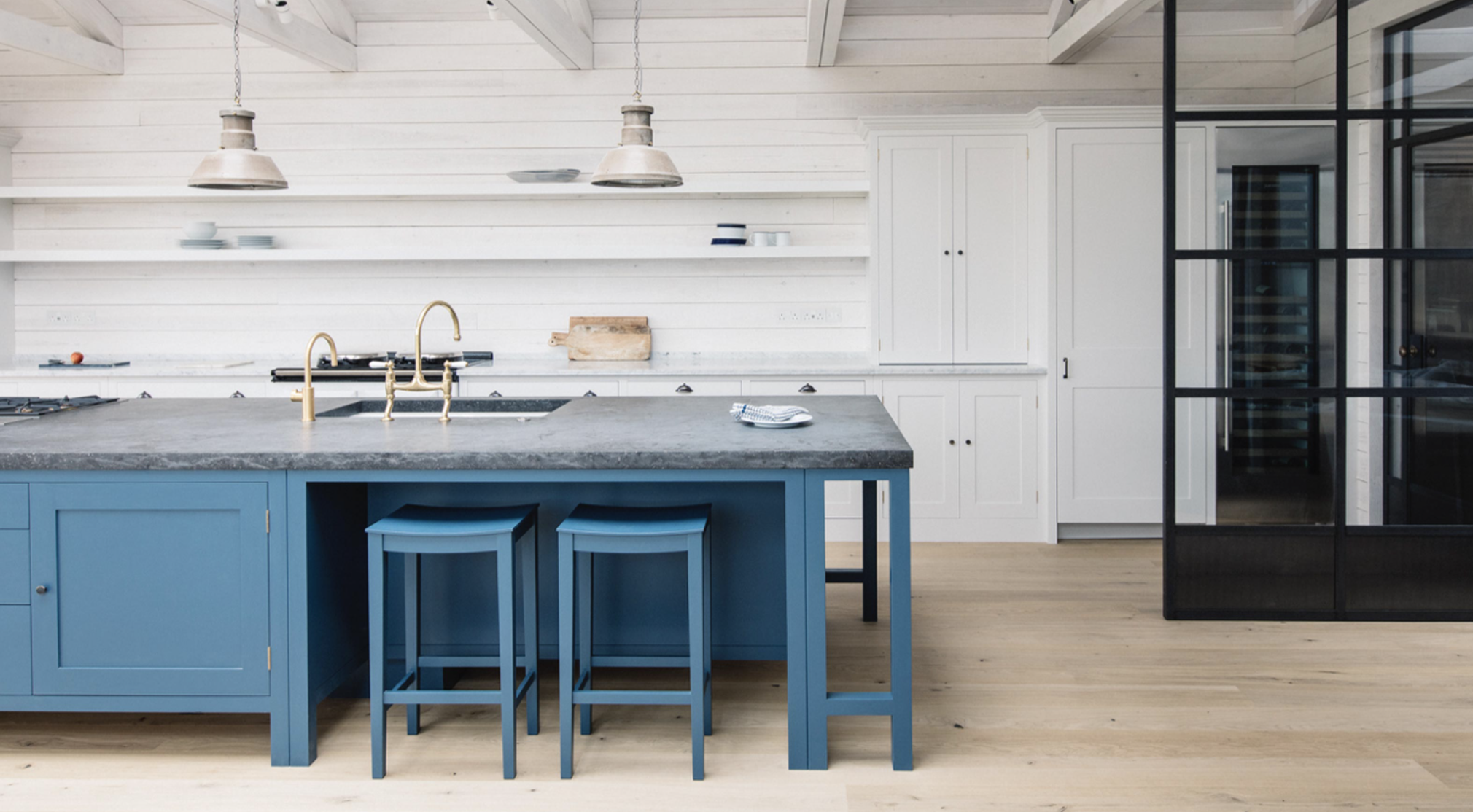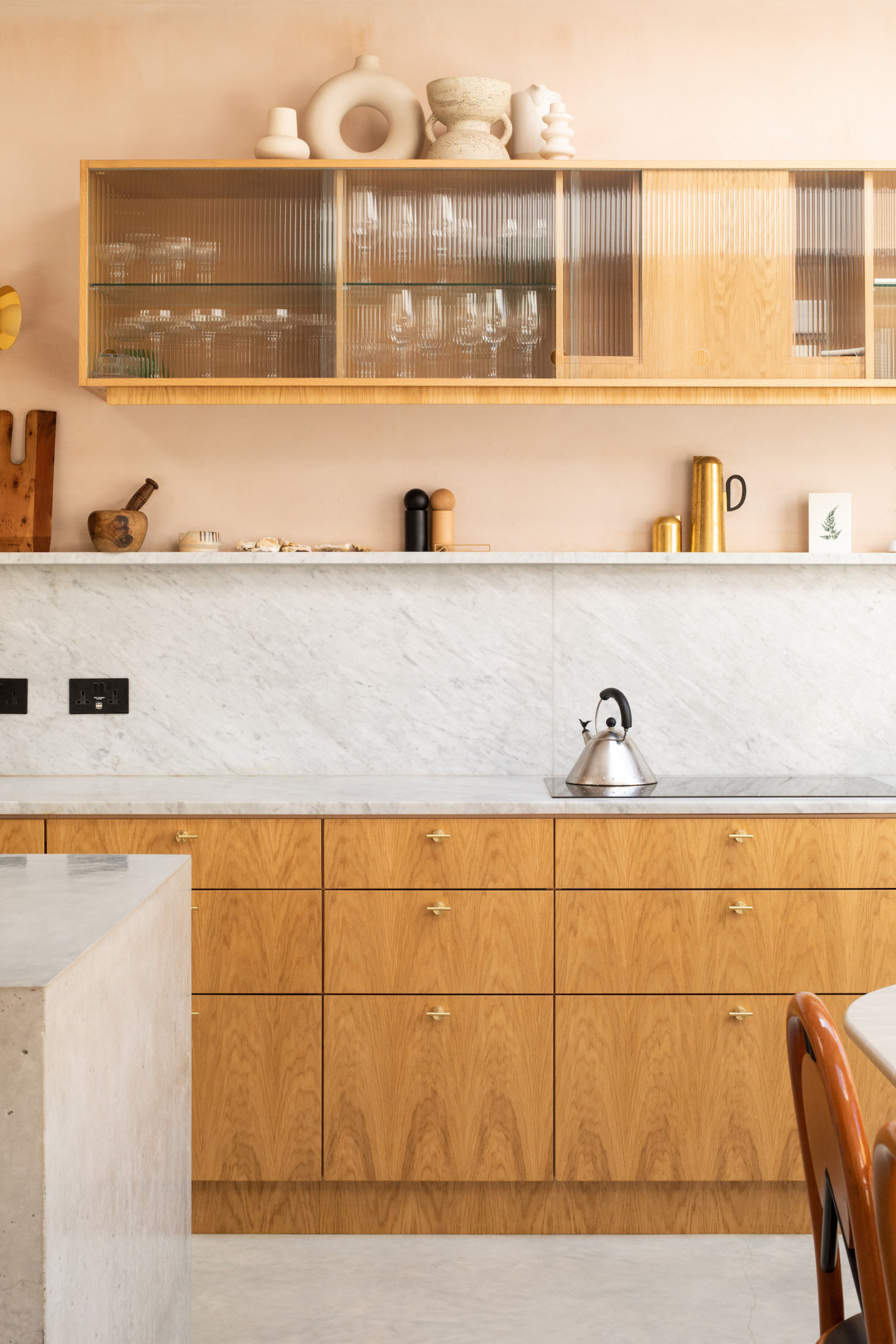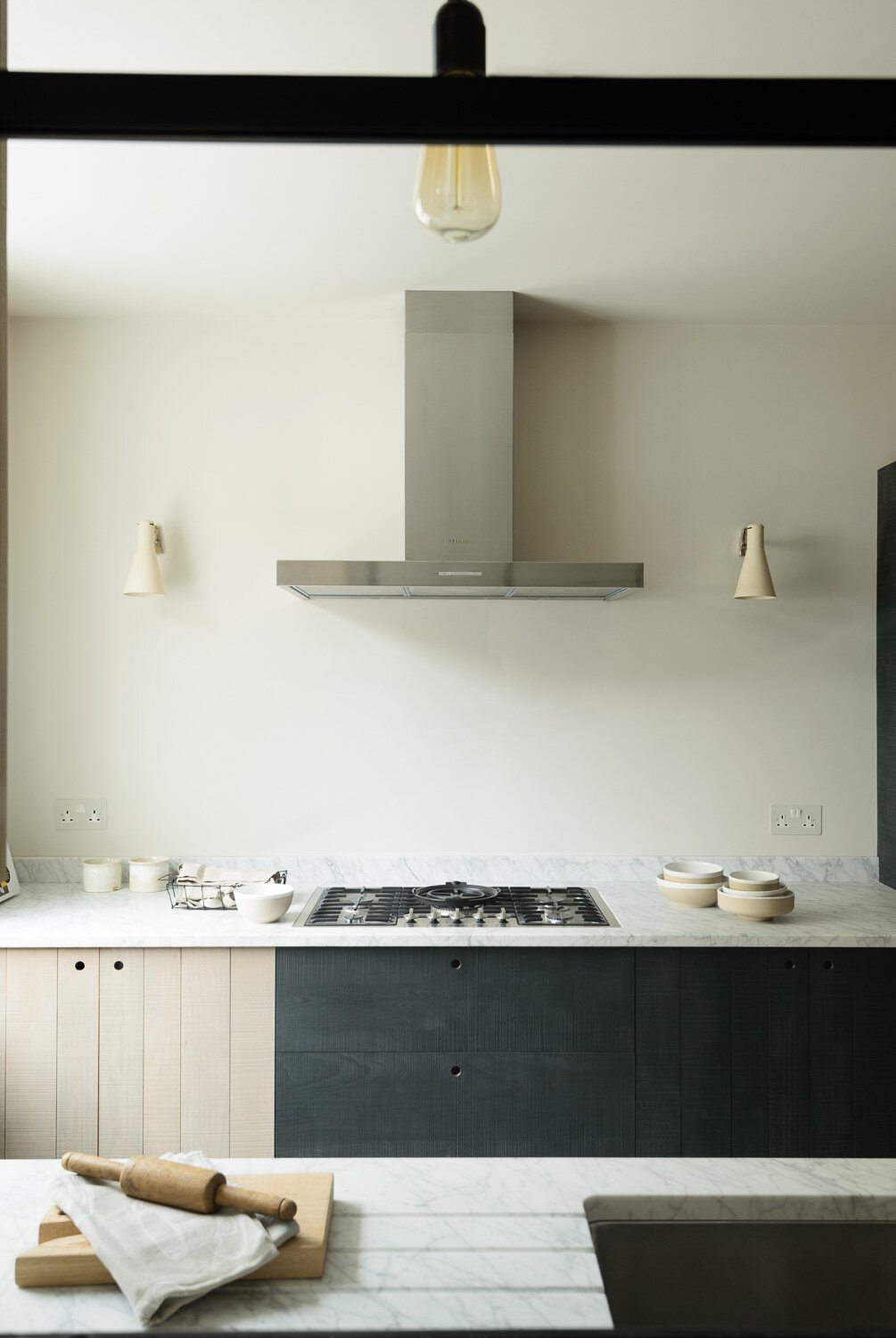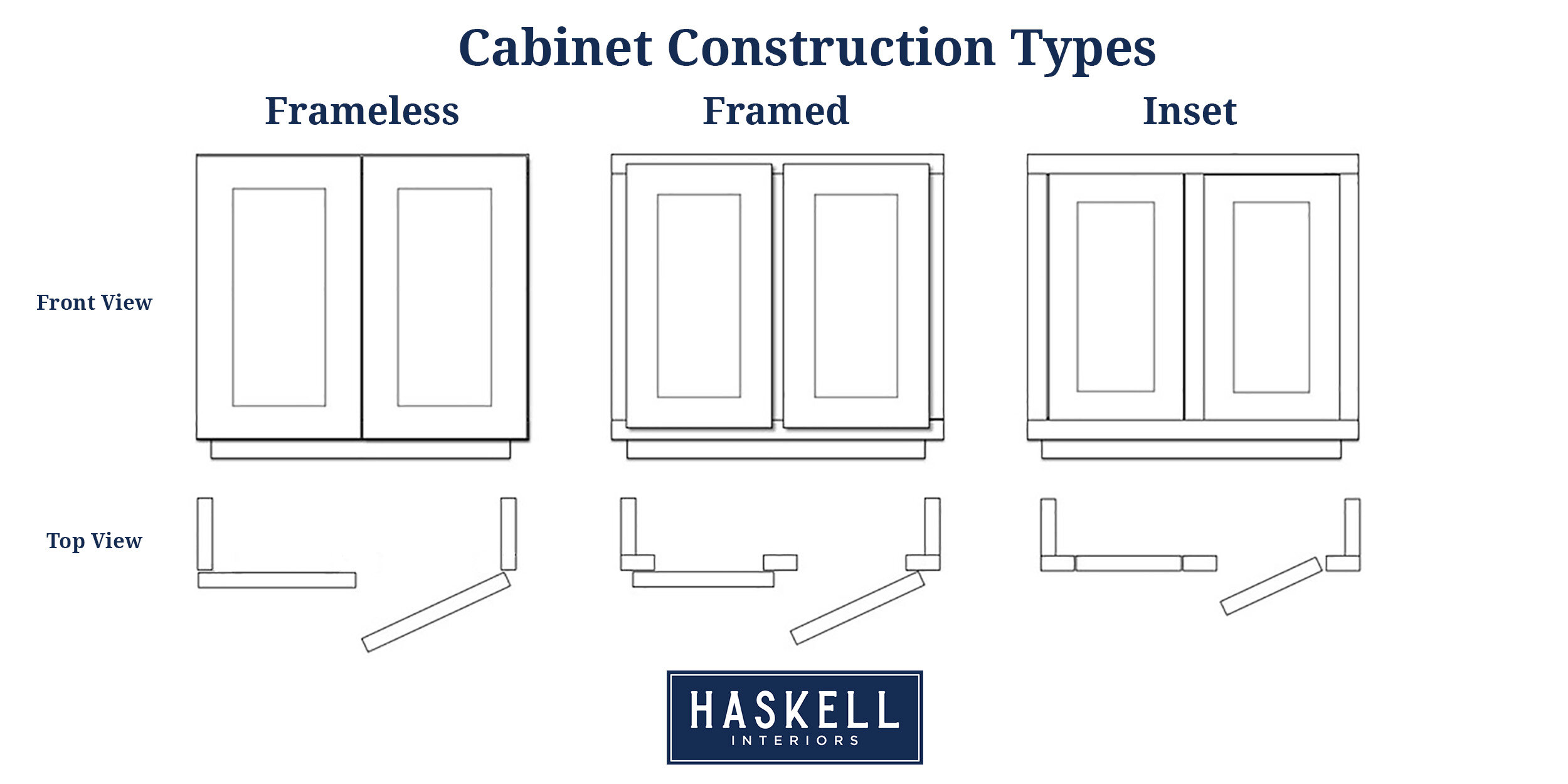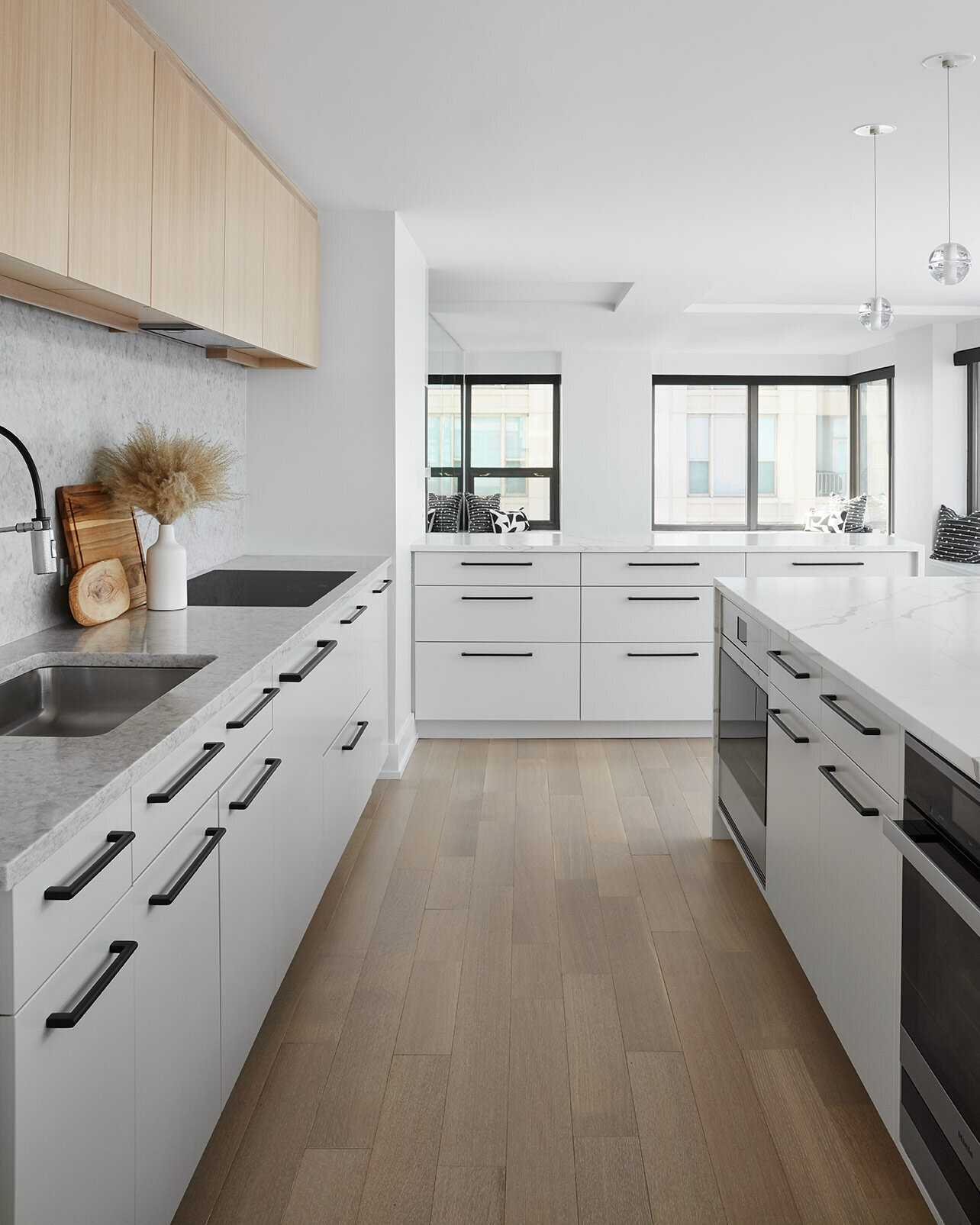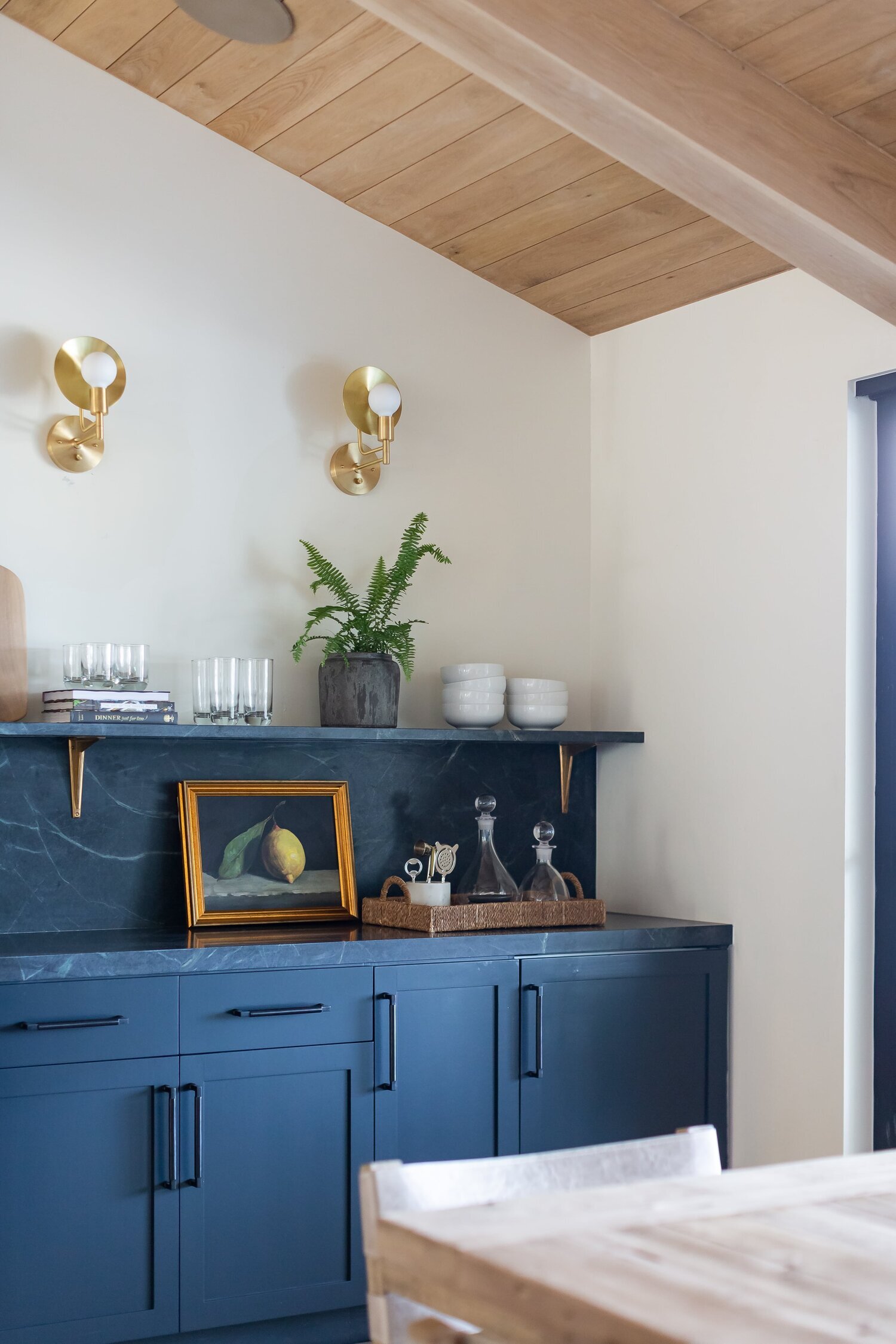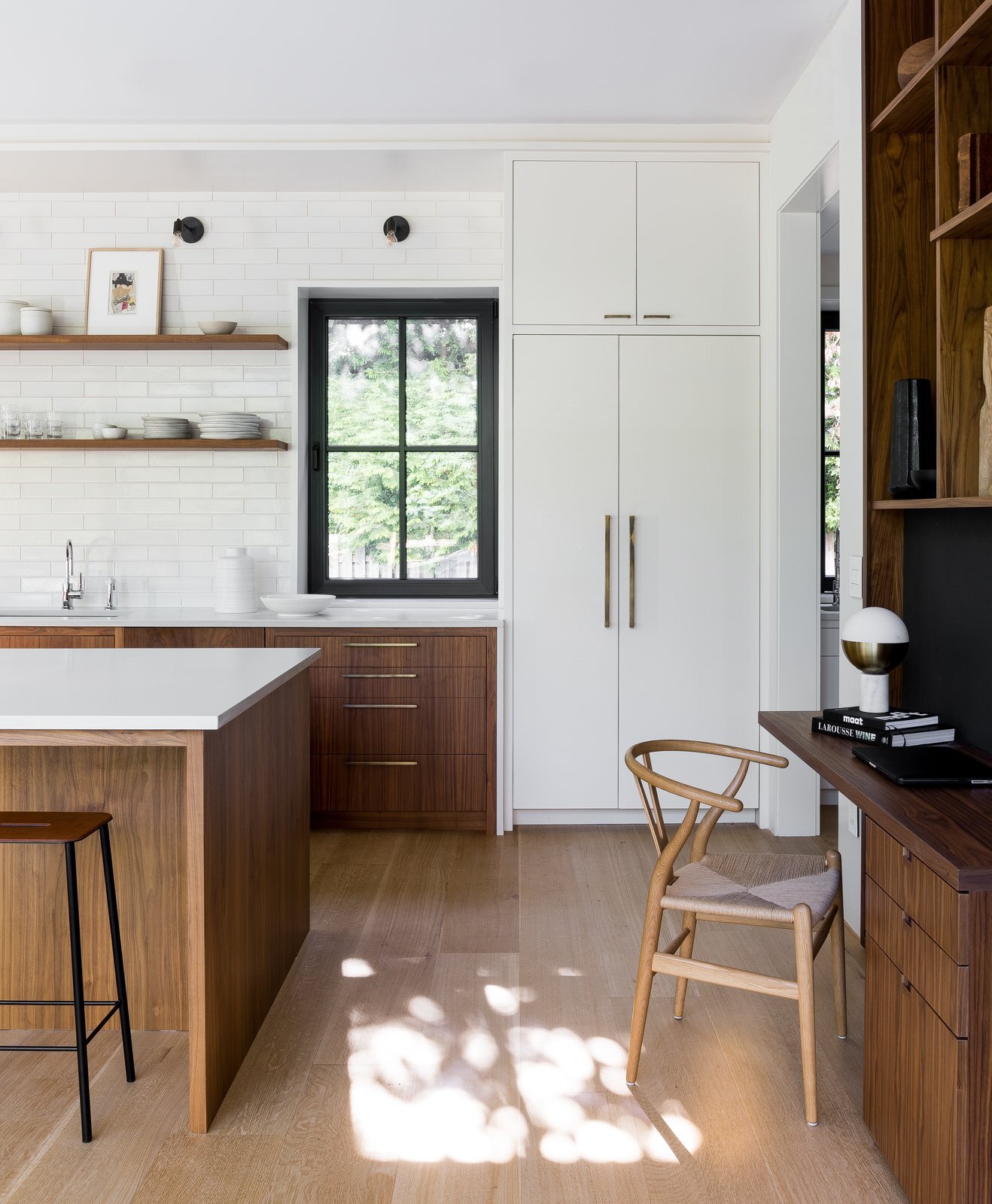Time to zoom into those details, folks. This month’s post takes every detail into consideration, pushing off of the perfectionism is top-dawg attitude of our lovely month’s zodiac pairing: Virgo.
“Far and away, your best trait is your dedication. No one works as tirelessly as a Virgo, and the world loves you for it. No matter what you’re working on or who’s on your team, you’re 100% devoted to achieving perfectionism (or as close to it as you can get). You’re willing to tackle any and all obstacles if they stand between you and your goals.” – My Domaine
Get ready for the exciting world of cabinet anatomy! Use this post as a basic field guide towards crafting the perfect set of cabinets for your next extra special design project. I’ll dig into the different elements of cabinet construction, styles of cabinetry, door styles and material + finish options. Hang on tight!
THERE ARE 2 RECOGNIZED CABINET CONSTRUCTION METHODS: FRAMED + FRAMELESS
Framed Cabinetry Construction is defined by a frame that extends out past the base of the cabinet. It’s considered a more traditional style and is common in US. A benefit to framed cabinetry is that it offers three (3) different overlay door styles to select from: Standard (or partial) Overlay, Full Overlay or Inset.
A Standard (or Partial) Overlay Door overlaps the face frame by 3/8” and leaves a reveal of 1 1/8” of the face frame exposed on all sides (left, right, top & bottom).
A Full Overlay Door style overlaps the face frame of the cabinet by 1 1/4", leaving a 1/4" of the face frame exposed.
An Inset Door is installed flush (integrated) within the face frame opening leaving the entire 1 ½” face frame exposed.
Frameless Cabinets have ¾” furniture board panels that are manufactured using wooden dowels and glue and the back of the cabinet is dado-ed into the top, bottom and sides of the cabinet box. Since there is no face frame the cabinet ends are automatically flush. Furthermore, frameless cabinets offer more accessibility verses frame cabinets. This is due to the fact that there is not an inside edge of a frame projecting into the cabinet opening. This allows an easier access to the cabinet interior as well as a larger opening to store plates, platers and cookware. The larger opening also allows for a wider drawer box in the frameless cabinetry compared to the frame cabinets of the exact same width.
here’s some IRL examples:
FRAMED - PARTIAL OVERLAY DOOR
FRAMED - FULL OVERLAY DOOR
FRAMED - INSET DOOR
FRAMELESS
DOOR STYLES
Another huge element in determining the perfect solution to your cabinet design includes cabinet door styles. Here are a few common guys you are likely to run into: Flat Panel, Raised Panel, and Slab Door.
NEXT UP: WOOD SPECIES, COORDINATING FINISHES + HARDWARE
Here’s a few popular cabinetry finish combinations that look sick as heck AND will stand the test of time :))))))
WHITE OAK + PAINTED WHITE + CARRARA STONE + MATTE BLACK HARDWARE
DARK NAVY/SOFT BLACK + SOAPSTONE + BRASS
WALNUT + SOLID WHITE QUARTZ + BRUSHED BRONZE
Alright y’all! MY BRAIN IS SPINNING WITH ALL OF THE POSSIBILITIES. Hope you’ve enjoyed and learned a little something from beholding the power of the mighty magnifying glass & really leaning into the details that raise design decisions to the next level. Join us next month for a devoted look into some Libra lovin’.
xo, Jordan


